DAILY HEALTH CHECKS INCLUDING PULSE OXIMETER
Tranquil Kilimanjaro, through their experienced mountain guides, carries out daily health checks on all travellers climbing Mount Kilimanjaro. It is a routine check meant to take safety precautions and ensure that climbers are capable and adapting to the gradual thinning of the air due to high altitudes.
Having daily checks is done using pulse oximeters checks for early altitude sickness symptoms for better acclimatization.
What is a pulse oximeter?
A pulse oximeter is a medical device used on the mountain that indirectly checks the concentration or saturation of oxygen of climbers and monitors changes in your skin’s blood volume. Usually, a pulse oximeter is attached to the end of your finger to check your total blood oxygen saturation haemoglobin in the blood by the use of light beams. This instrument also checks your heart rate.
What do the Pulse Oximeter Numbers Mean?
In a normal environment, at sea level, healthy human beings should have an oxygen saturation level (SpO2 – ‘S’ stands for saturation; P stands for a pulse, also SP stands for serum pressure and O2 is oxygen) of between 95-99%. The higher you hike, the more the atmospheric pressure drops. So, the air becomes thinner, meaning there is air that contains less oxygen, and the saturation number of the same oxygen drops.
By the time you reach the top of Mount Kilimanjaro, at the summit, you will be breathing in about 50% of the oxygen that is available at sea level. It means at the summit the oxygen content in the air is half of what is normally experienced at the normal ground at sea level.
Your acclimatization ability is measured by how well the combination of your heart rate and the percentage of saturation of oxygen in your blood.
Checking the pulse rate is equally vital. Climbers straining their hearts always have a high heart rate which indicates how they are finding it difficult to cope in a low-oxygen environment otherwise known as a hypoxic environment. It also shows that the climber is being deprived of oxygen at the tissue level.
How we use Pulse Ox data on Kilimanjaro
To get detailed information on your condition, our mountain guides have been trained to perform checkups. You would like to find out about your general well-being on the mountain, how you are finding it so far, how you have slept and so forth and so on.
To arrive at a more accurate conclusion on how you are acclimatizing, you will have to provide accurate symptoms that you are getting so far. After all, is said and done, acclimatization is a varying and wide subject, using a pulse oximeter is but one of the acclimatization steps and procedures.
Where to buy pulse oximeters in the United States of America (U.S.A):
https://www.amazon.com/Athletic-Aviation-Pulse-Oximeters/b?ie=UTF8&node=8619065011
Where to buy pulse oximeter in the United Kingdom, Europe ( France, Germany, Spain, Italy):
https://www.amazon.co.uk/s?k=pulse+oximeter&i=drugstore&ref=nb_sb_noss_2
Where to buy Pulse Oximeter in Qatar: https://www.ubuy.qa/en/search/?q=pulse+oximeters
Where to buy pulse oximeters in Dubai: https://www.amazon.ae/pulse-oximeter/s?k=pulse+oximeter

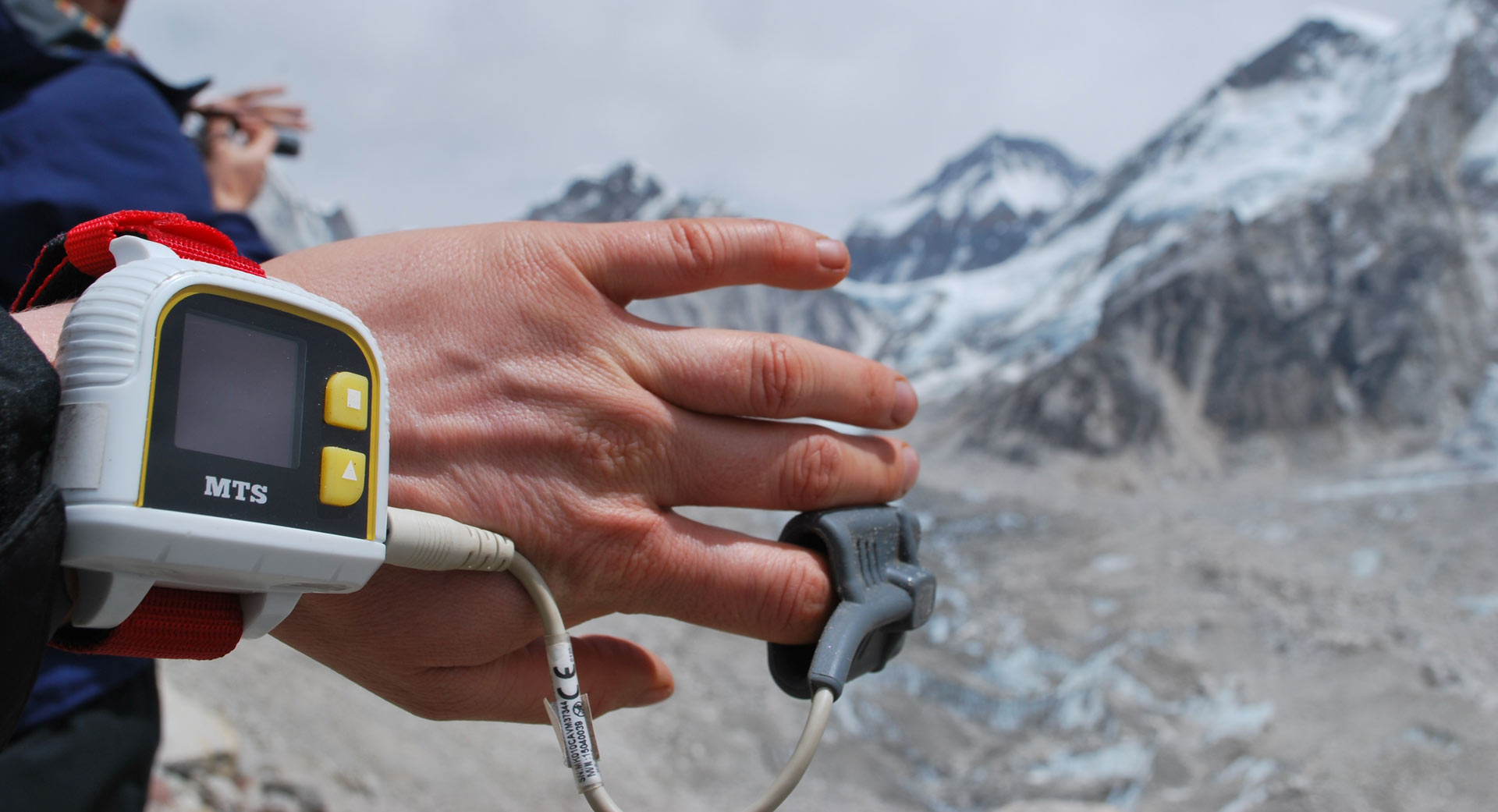
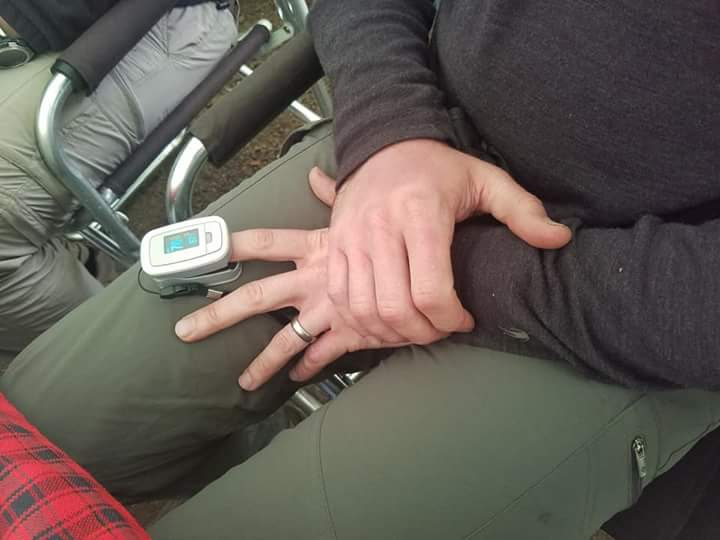
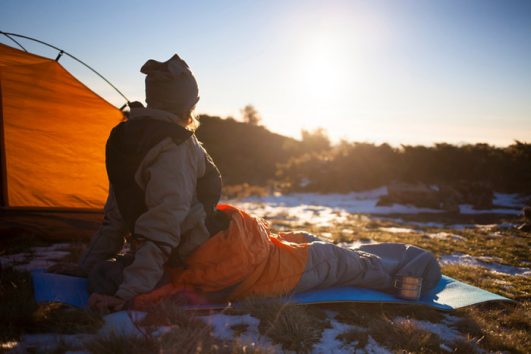
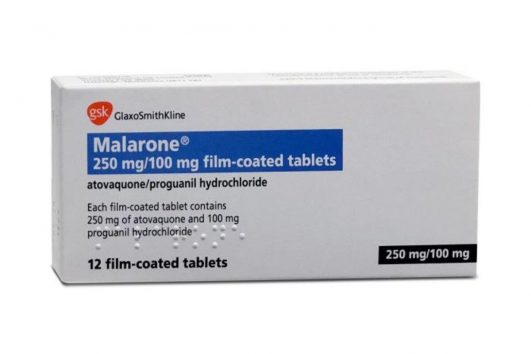
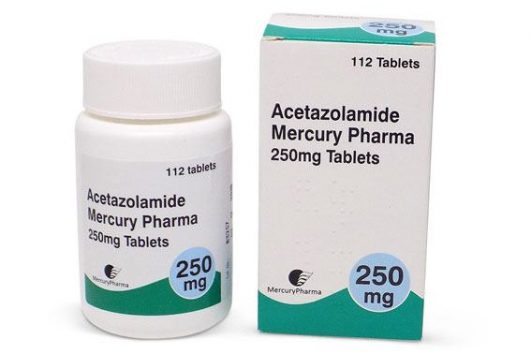
Tour Reviews
There are no reviews yet.
Leave a Review